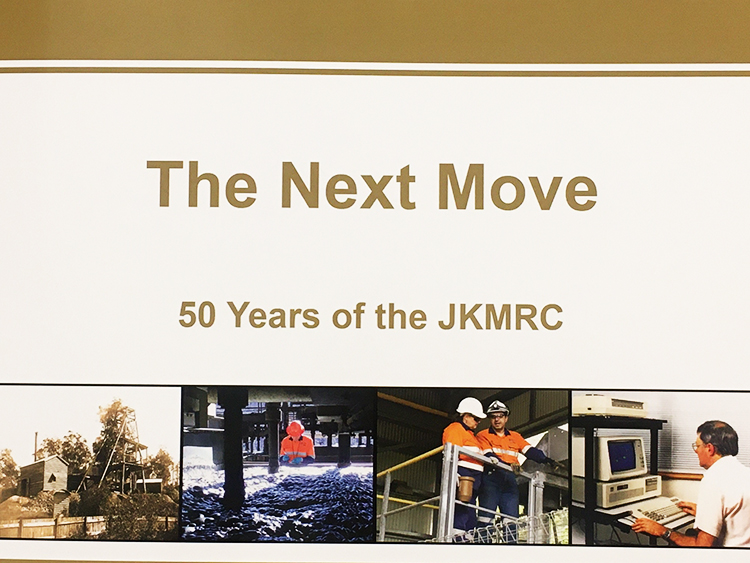Mining and Metallurgical Engineering began at The University of Queensland (UQ) in 1950 with the aim of developing:
- a close association with the industry, initially in Queensland, and progressively throughout Australia and internationally
- a strong focus on research and particularly on postgraduate research
The approach of JKMRC to industry funding, postgraduate training and the effective transfer of research outcomes to the industry became the blueprint for the establishment of three new specialist research Centres through the 1990s:
- WH Bryan Mining Geology Research Centre
- Centre for Mined Land Rehabilitation
- Minerals Industry Safety and Health Centre
As 2000 approached, a new wave of thinking swept through the international minerals industry, centred on the concept of Sustainable Development. Within UQ a proposal was developed for a new research institute to expand the University's existing minerals-related research capacity to address the wider social and sustainability challenges facing the global resource industry.
In 2001 JKMRC became one of the research centres within the newly established Sustainable Minerals Institute.
JKMRC 50th anniversary celebration
JKMRC celebrated its 50th anniversary in 2021, with a wonderful evening spent with alumni, current and former staff, industry partners and supporters celebrating the Centre's research achievements in mining and mineral processing.
A book was also published to celebrate the Centre, The Next Move: 50 years of the JKMRC
How was it possible for an idea which had its beginning in a tin shed in a Brisbane suburb to grow into one of the world’s leading minerals and mining research centres? The answer lies in the story of the Julius Kruttschnitt Mineral Research Centre (JKMRC) at The University of Queensland.
The title The Next Move is adapted from a much-used question by the founding leader of the JKMRC, Alban Lynch, to postgraduate students in the 1960s and 1970s. After reviewing their progress, he would usually ask ‘What’s your next move?’
This book seeks to capture the last 50 years of the JKMRC – its people and its innovative research and look ahead to the next 50 years.

